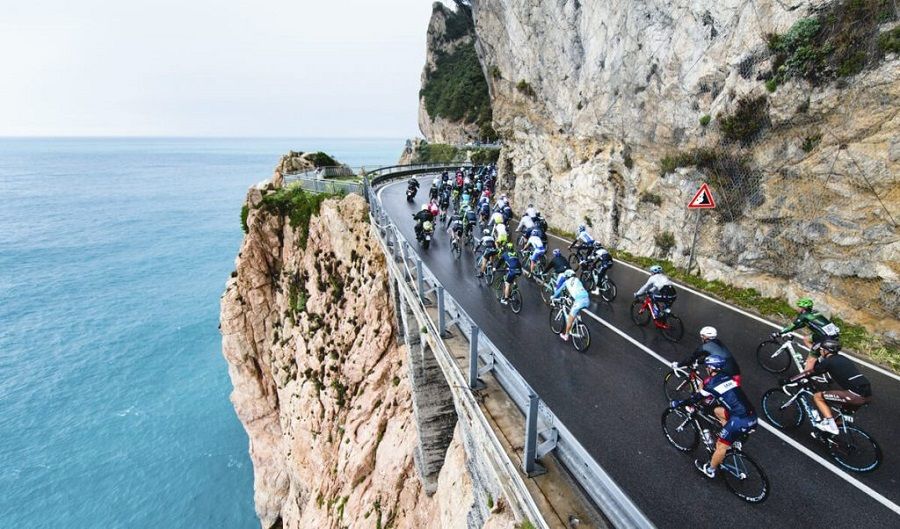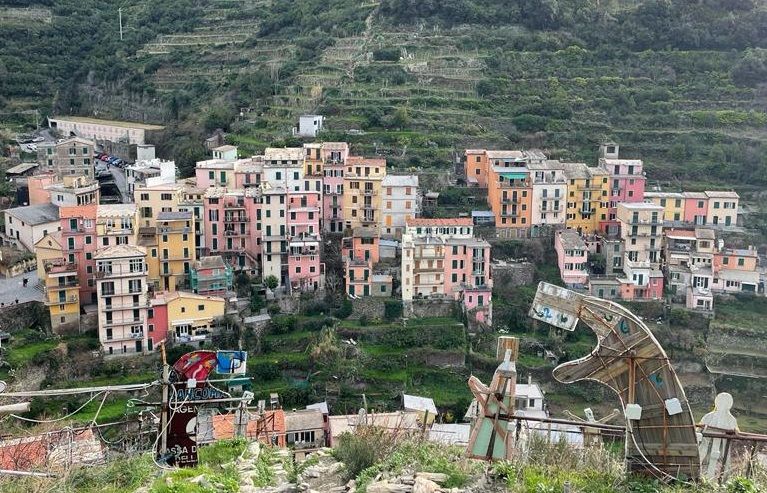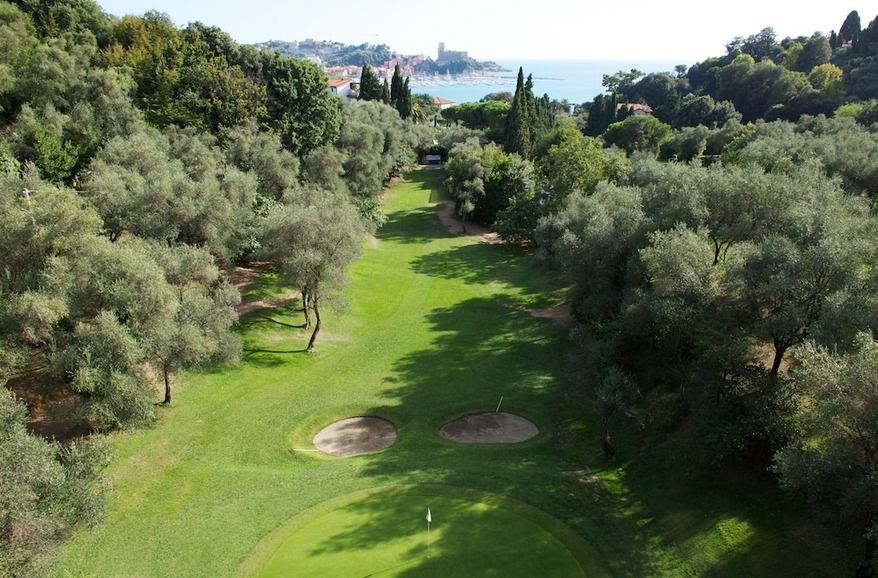6 Places for a Birdwatcher’s Paradise
Flower Riviera, Genoa and surroundings, Palm Riviera, Portofino and the Tigullio
Birdwatching, or Liguria Looking Up: Thanks to its geographical location and mild climate, Liguria is one of the ideal places for those who love trekking and want to observe the various species of birdlife. Here are six places not to be missed.
The stages
Colle Melosa in the Ligurian AlpsBeigua on the crane route
The lakes of Antola
The promontory of Portofino
Aveto Park
The Arcola Oasis

Colle Melosa in the Ligurian Alps
As explained by Fabiano Sartirana, an ornithologist and active guide in the Riviera di Ponente, in the Ligurian Alps, especially in the area of Colle Melosa, you can observe birds in flight during the migration season, as well as some interesting resident species like the eagle and the falcon. For those who enjoy hiking, one of the most interesting birdwatching excursions starts from Colle Melosa, following a path that ascends through pine trees and grassy slopes, leading to the Grai refuge. From there, continue along the dirt road to the Valletta pass, then shortly reach the panoramic summit of Mount Pietravecchia, overlooking the valleys. After resting, descend following the first part of the Alpini Trail, from the Eritrea fountain to the Itala fountain, through meadows and larch forests, before returning shortly to Colle Melosa. Even in summer, in the Ligurian Alps near coniferous forests, between high-altitude pastures and watercourses, you can observe raptors crossing the valleys with a single flap of wings, as well as tits and the black woodpecker, the dominant bird in the older forests. If you're lucky, you may even spot the griffon vulture, which can now be easily seen soaring in open environments.

Beigua on the crane route
Starting from early March, migratory birds begin to cross the sky of the Beigua Park, taking advantage of the massif's conformation. Let's get ready to sharpen our eyesight and listen carefully to catch the passage of cranes, with their curious V-shaped flight formations. On Sunday, March 2nd, you can participate in a circular hike, strolling through Mediterranean scrubland and open environments, with views of the mountains and the sea. And what better place than the Sanctuary of Madonna della Guardia, with a 360° view, to understand the routes followed by the great winged migrants? Then, on March 16th and 17th, the Biancone Day weekend arrives. After visiting the Ornithological Center of Case Vaccà, you will follow the park expert Gabriella Motta along the ornithological trekking trail leading to the altana, an ideal observation point for migrating raptors. It's an unmissable day dedicated to observing the passage of large migratory raptors in the skies of Beigua. White Storks, Honey Buzzards, Black Kites, Marsh Harriers, Lesser Spotted Eagles, as well as many falcons such as Hobbies, Red-footed Falcons, and Eurasian Sparrowhawks, and many other species can be observed with binoculars or a telescope. Of course, apart from guided excursions, the Beigua massif is considered an ideal place to visit throughout the year.

The lakes of Antola
In the Antola Park, it's primarily the two reservoirs, those of Brugneto and Val Noci, that create ideal conditions for enthusiasts. Many bird species stop here during migration, especially cormorants and herons. Nevertheless, in the Antola Park area, all the ridges, including the one where the famous CAI (Italian Alpine Club) Refuge is located, are ideal observation points to admire the passage of migrants. Among the routes, it's worth mentioning the one from the locality of San Fermo (1177 meters) in the upper Val Vobbia, reaching the summit of Monte Buio (1402 meters): a panoramic route alternating between open stretches and wooded areas, where you can deepen your knowledge of the different bird species in the area. Other migrants can be observed along the Trebbia and Scrivia rivers, which are the most important watercourses. Then, in mountainous areas like the Rocca di Reopasso zone, there are falcons, while buzzards are observed on all slopes. Although rare, the royal eagle has also been observed in the Antola massif area. Among the nesting species, it's worth mentioning the kestrel, hobby, sparrowhawk, and elusive goshawk, while among the migrating species, observations during the spring period almost exclusively include osprey, lesser and greater kestrels, black kite, marsh harrier, and lesser spotted eagle.

The promontory of Portofino
The secrets of the marine avifauna mainly concern the western side of the Portofino promontory. Guided excursions are organized with observations starting once Punta Chiappa is reached, one of the few places from which you can observe pelagic marine species such as shearwaters, gannets, tufted puffins, gannet-like boobies, and greater crested grebes. The avifauna of this magical and accessible place, thanks to its incredibly mild climate, is represented by about a hundred species, including birds of scrubland like the blackcap and the Dartford warbler, birds of open areas like the hoopoe, ortolan bunting, and European goldfinch. There are also species of woodland: blackbird, blue tit, chaffinch, European robin, Eurasian jay; and of pine forests with turtle dove and wood pigeon. Among the raptors, kestrels, buzzards, and peregrine falcons dominate. But the true guardians and symbols of the Park are the seabirds: gulls, terns, shearwaters, and gannets.
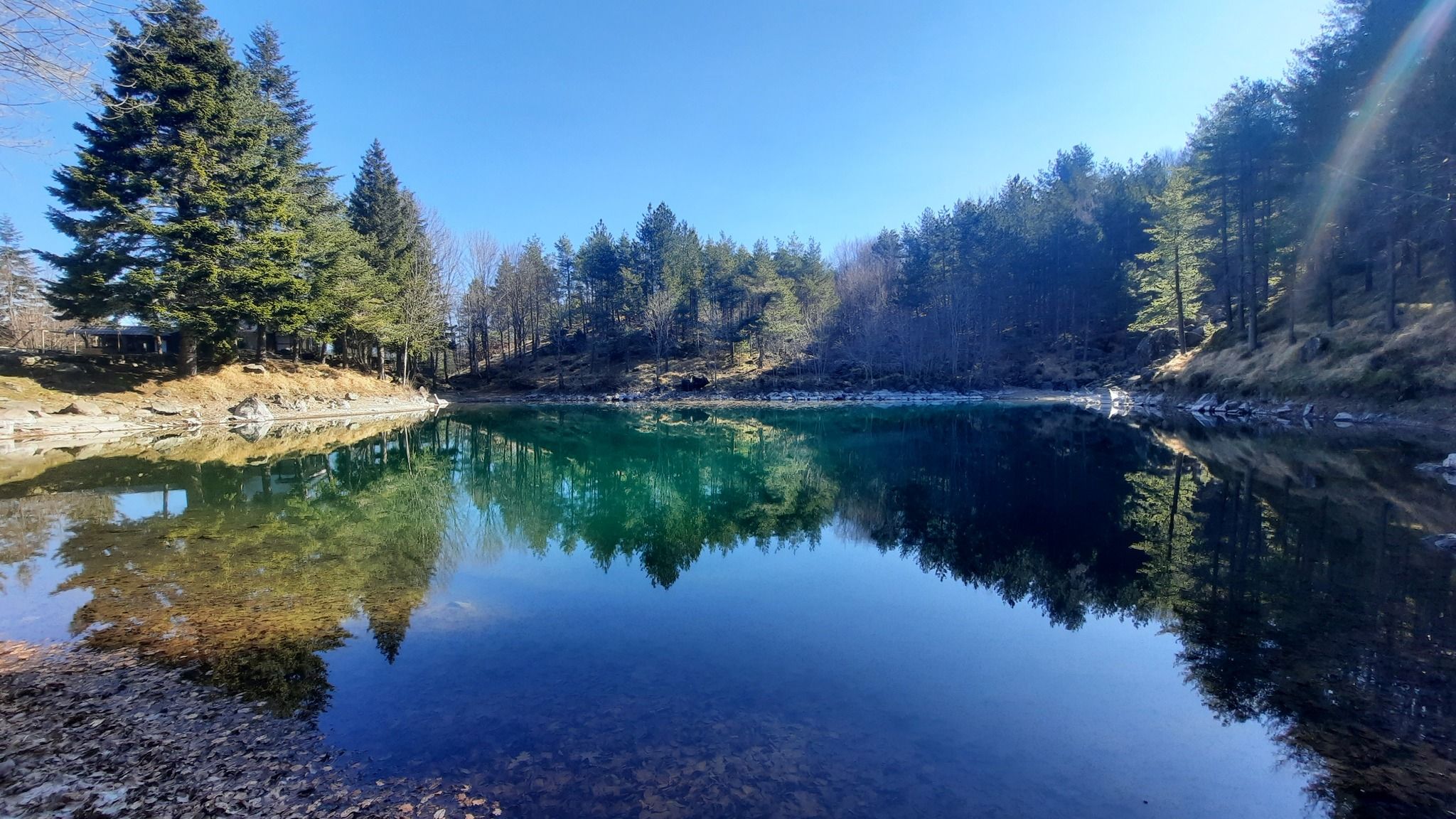
Aveto Park
The green heart of the Ligurian Levant is characterised by a rich and diversified avifauna, as explained by Luca Baghino, the ornithologist who has been studying and monitoring wild birds in the area for over 15 years. Central to this, also in terms of natural importance, is Monte Aiona and its surroundings, including all the major mountains in the Aveto area. In the state forests (Lame, Penna, and Zatta), species of great value have been recorded, such as woodpeckers, including the black woodpecker, the largest woodpecker in Europe; many nocturnal raptors, including even the Eurasian eagle-owl; among the small forest raptors, the presence of the goshawk, a diurnal raptor, is notable, and there is also the honey buzzard, a voracious predator of wasps and other forest hymenoptera. In the open areas of pasture and meadow that are still found at high altitudes in our mountains, you can observe the white stork. The queen of the mountains is naturally the golden eagle, one of the most majestic and fascinating raptors, present here with several nesting pairs, which use the wide open areas still present at altitude as hunting grounds, also thanks to the maintenance of traditional alpine pastures.
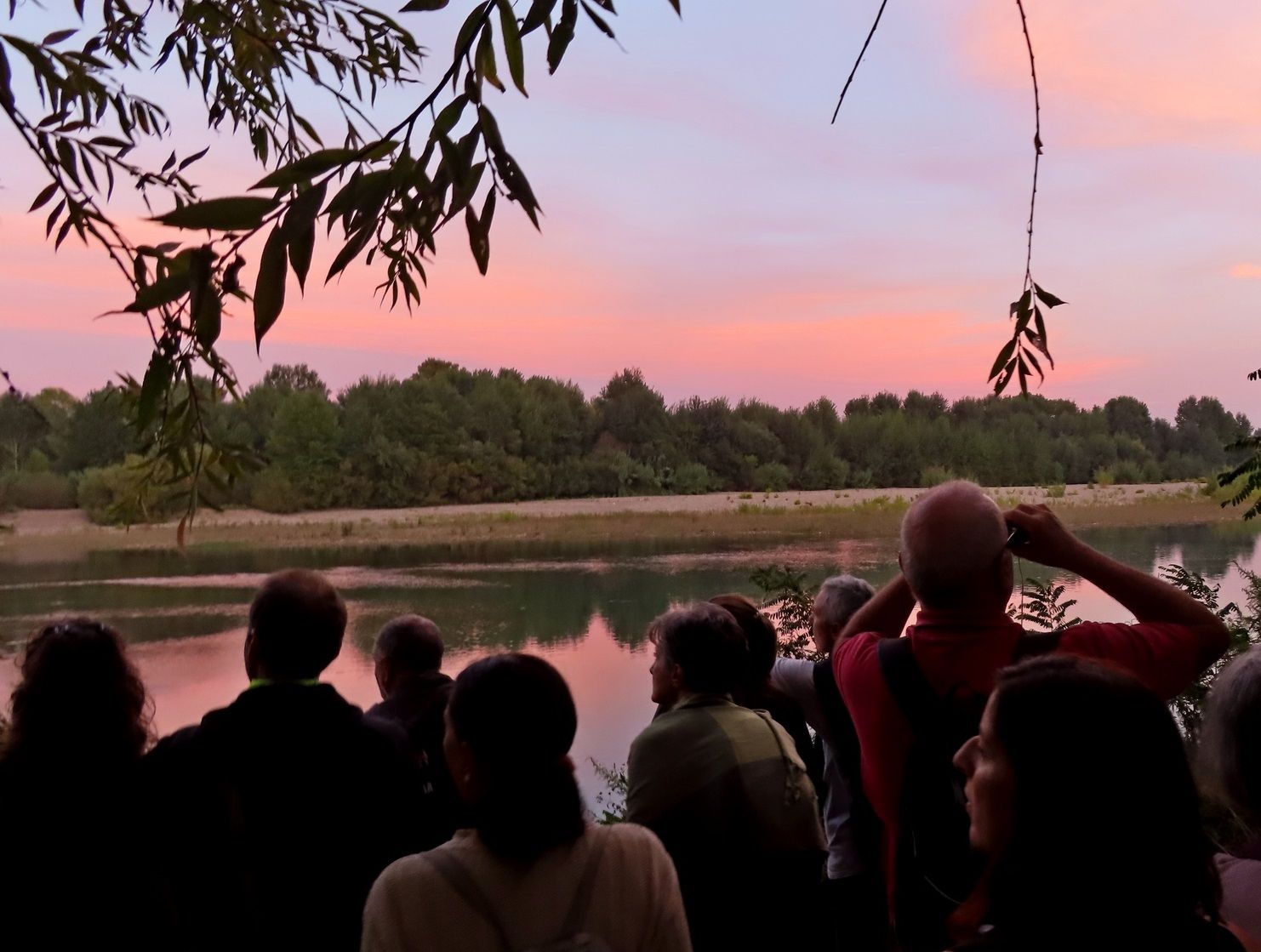
The Arcola Oasis
In the area of La Spezia, there is this unique place managed by Lipu (Italian League for Bird Protection). The Oasis can be visited freely. The best periods to visit are those related to bird migration: from December to March, April, and September. From April to June, moreover, the vegetation is in full bloom offering the best in terms of flowering. The Oasis is indeed an important site for migratory species, particularly for birds of prey, ducks, and water birds. The particular territorial context makes it the most relevant area for eastern Liguria as a stopover and transit point for migratory birds and one of the most important ecological corridors in Italy, a real "bridge" between the Mediterranean biogeographic region and the continental one. In spring and early summer, the Oasis is frequented by nesting species such as the kingfisher, while the reed bed hosts the nests of two elusive species with withdrawn habits, such as the little bittern and the water rail. Along the banks, the moorhen reproduces. During migrations and throughout the winter, many species of raptors and water birds can be observed, attracted both by the river and the nearby sea. Little egret, little bittern, marsh harrier, osprey, hobby, osprey, and some wader species like the ruff, the Eurasian dotterel, the black-winged stilt, and the little stint are regularly present where the water is shallower and rich in a myriad of aquatic invertebrates.




